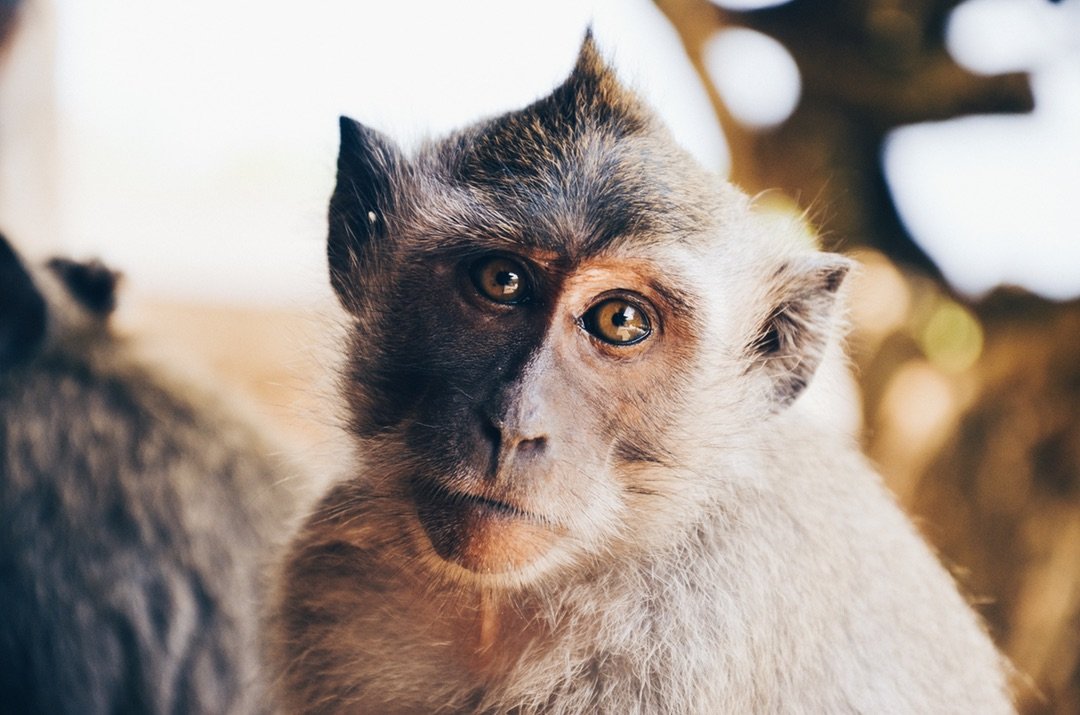"Here, we reveal the brain’s code for facial identity."
- Le Chang and Doris Y. Tsao
- It's a breakthrough in understanding the brain.
Researchers at Caltech recently published a paper disclosing remarkable advances in our understanding of how the brain identifies and recognizes faces.
Facial Identity in the Primate Brain
Photo courtesy of Quentin Dr and http://unsplash.com
"The Code for Facial Identity in the Primate Brain"
is the title of their paper, published this month in Cell Magazine.
The paper reveals an entirely new and unexpected explanation for how the brain interprets and identifies faces.
Previously, it was assumed that the brain triggered specific individual neurons to identify a particular face. In other words, nerve inputs from the eyes while observing a specific individual were thought to filter through the optic nerve, into the brain, and ultimately cause a single neuron to fire. That neuron specified one and only one particular person.
The old theory is now proven wrong.
Chang and Tsao have uncovered a mechanism much closer in function to the one that encodes and displays colors on this web page.
Internet colors are specified with three "dimensions" or "channels" that have a range of only 256 values. Using one value each for Red, Green, and Blue, more than sixteen million colors can be specified.

Three bytes specify 16 million-plus colors...
R. A. Nonenmacher GFDL, via Wikimedia Commons
Faces are recognized similarly.
However, many more channels are required - about 200, according to the new findings. Even so, this is a remarkably efficient encoding method, a true revelation of the sophistication of the brain's design.
According to this new understanding, whenever you look at a face — regardless of the angle at which you are viewing it — these two hundred-plus neurons in your brain are set to a value that uniquely identifies that face. Thus, you recognize Mom, or your Uncle Bob, or your favorite movie star.
The researchers have proven their theory by reversing the process, translating 200-value encodings back into clearly recognizable facial images. When compared side-by-side, the original faces and the reconstructed images look virtually identical.

|
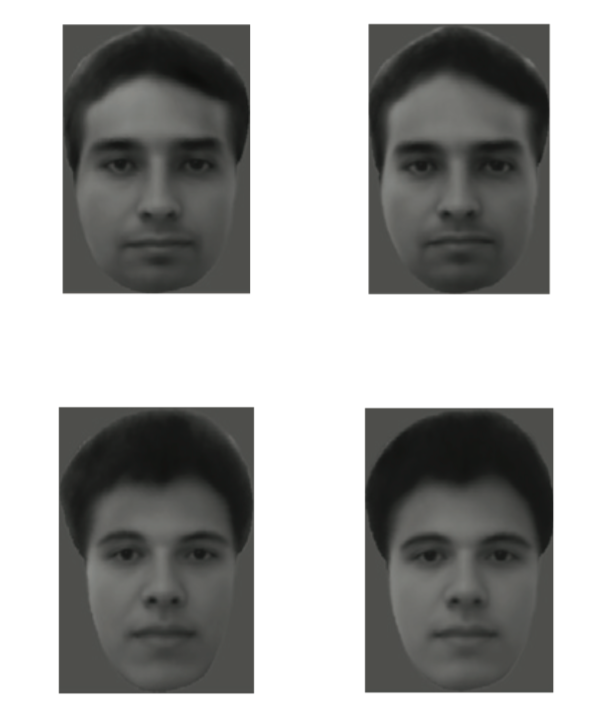
|
Screen capture from Chang/Tsao paper.
These are pairs of images from the research paper.
The images on the left are the ones shown to the monkeys. The images on the right are reconstructed from the recorded neuron response.
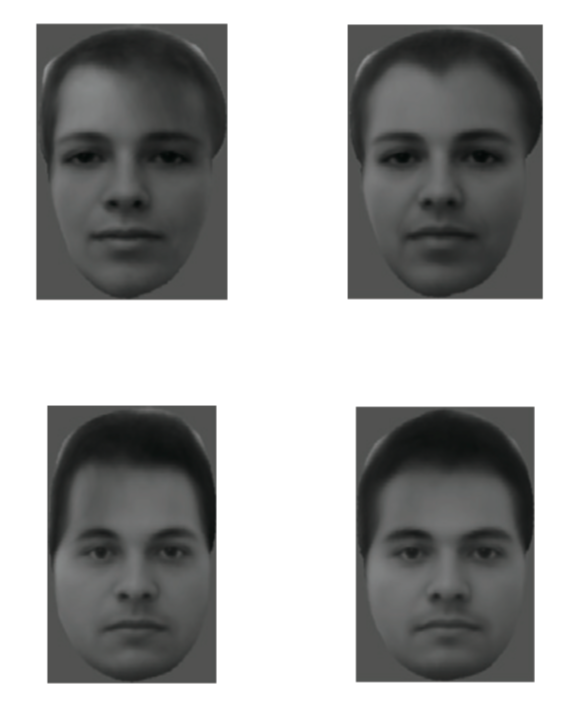
|

|
Screen capture from Chang/Tsao paper.
The resemblance is quite evident.
Chang and Tsao have presented us with a remarkable and useful new understanding of how the brain processes faces.
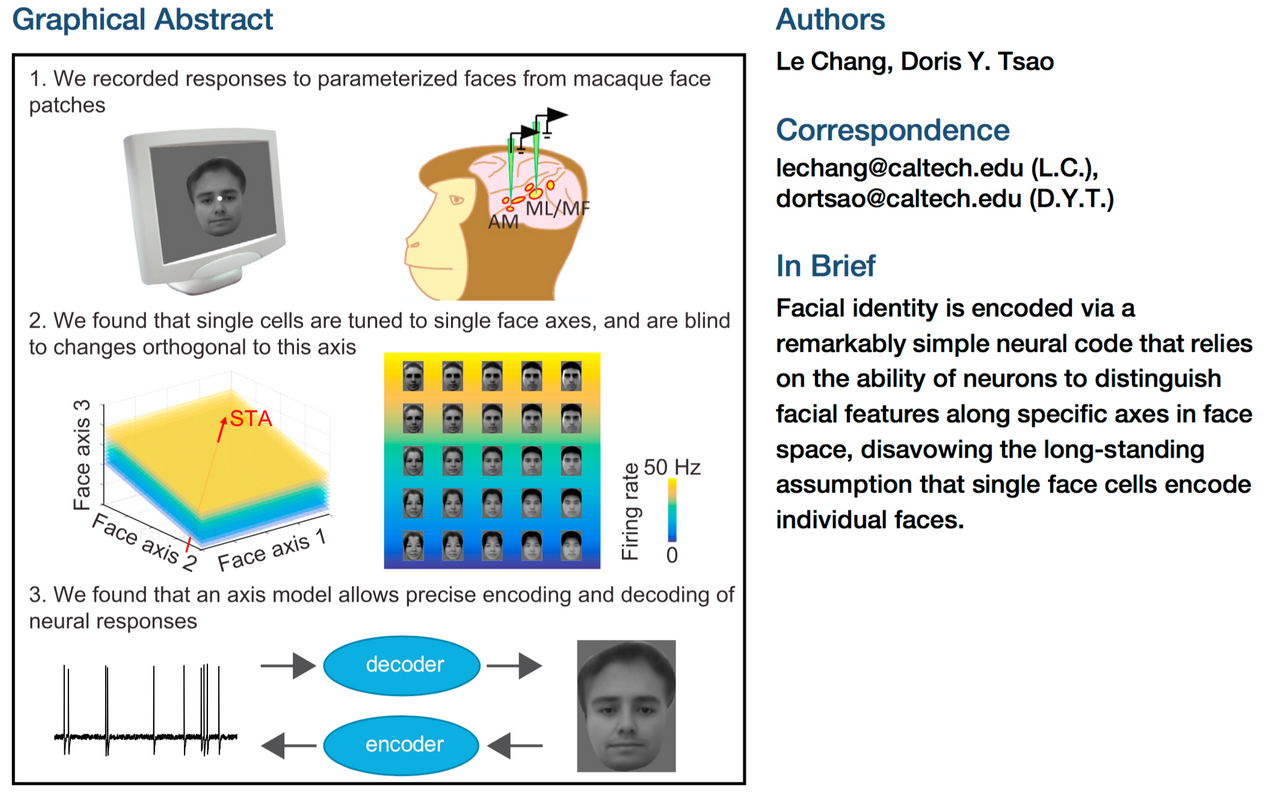
Screen capture from Chang/Tsao paper.
Thanks to their groundbreaking work,
I expect to see highly accurate facial recognition apps in consumer devices in the not too distant future.
You can access a PDF copy of this groundbreaking paper here:
FIN
LOOK! Check out our amazing product:
>>CLICK HERE!<<
You are why I'm here on Steemit!
I have very eclectic interests and hope, over time, to write about them all.
⬇️To Check Out @creatr's World⬇️CLICK Each Image Below⬇️
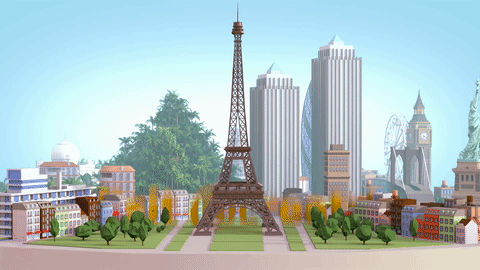
|
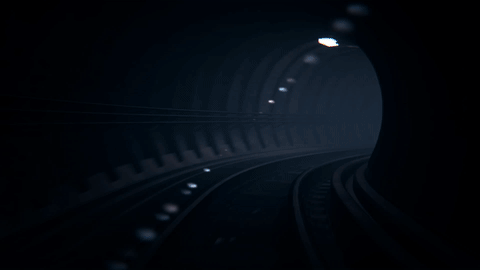
|
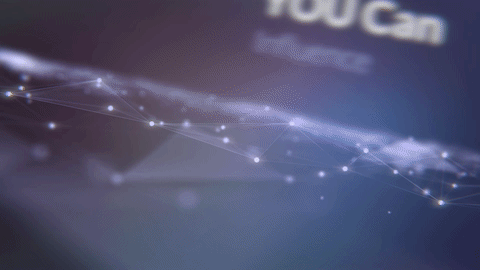
|

